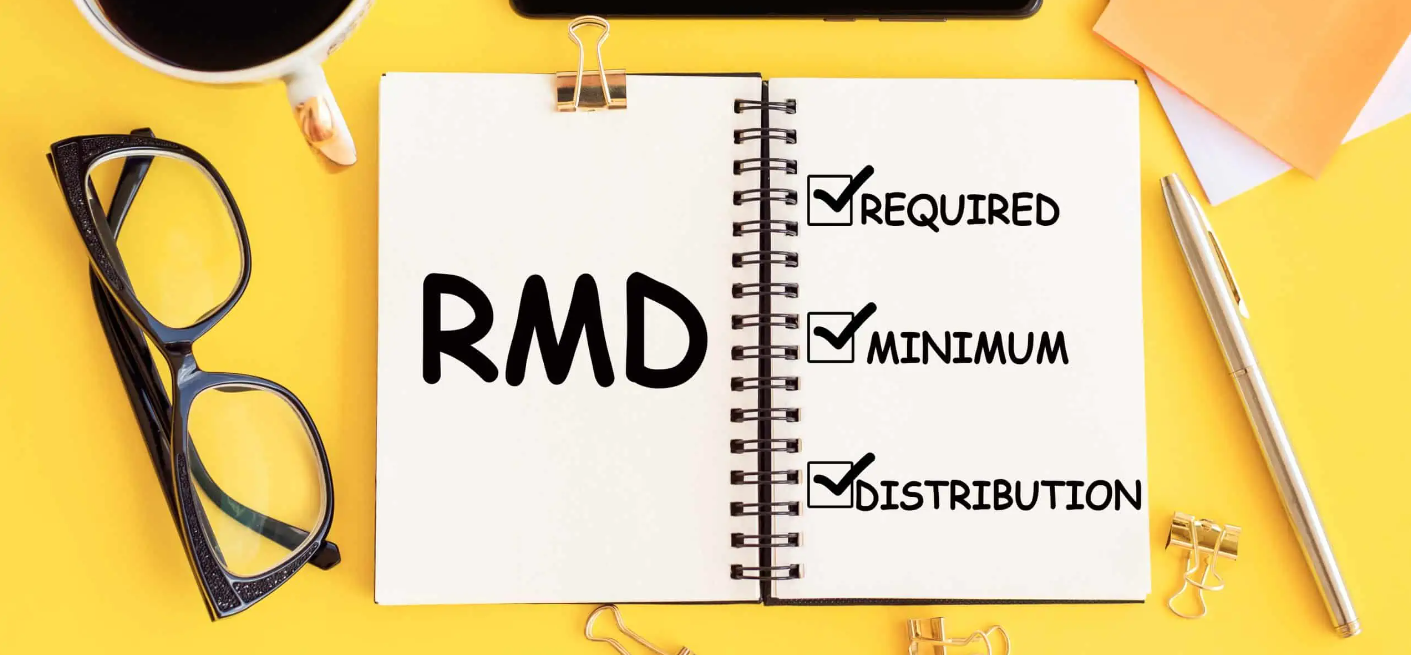Tax season is upon us. This is the time when you might be thinking about contributing to a retirement account. You may be interested in the Roth IRA, which offers the promise of tax-free withdrawals in retirement if you follow the rules. If you are making a 2022 Roth IRA contribution, here are 5 things you need to know:
Maximum Contributions:
If you were under age 50 in 2022, the maximum contribution you may make to a Roth IRA for 2022 is $6,000. For those who reached age 50 in 2022, the maximum increases to $7,000. The annual limit is aggregated for traditional and Roth IRAs. For example, if you are under age 50, you could contribute $4,000 to your Roth IRA and $2,000 to your traditional IRA. You may not contribute $6,000 to your traditional IRA and another $6,000 to your Roth IRA for 2022.
Deadline for Contributing:
The deadline for contributing to a Roth IRA for 2022 is April 18, 2023. If you have an extension to file your taxes, that does not give you more time. Sooner is better than later. Don’t wait until the last minute. You never know what may happen.
Taxable Compensation Requirement:
You or your spouse must have taxable compensation or earned income to make a Roth IRA contribution. Passive income such as investment income will not work. Social Security income will not work either.
Reporting the Contribution:
Be sure to let the IRA custodian know the year for which you are contributing. To avoid confusion, be sure you designate your contribution as a 2022 prior year contribution. Interesting fact – Who don’t you have to tell about your Roth IRA contribution? That would be the IRS. There is no requirement that you report a Roth IRA contribution on your 2022 federal tax return. It is good practice, however, for you or your tax preparer to keep track of your Roth IRA contributions.
Eligibility:
You are never too old to contribute to a Roth IRA. Do you already contribute to a retirement plan at work? That is not a problem either. Participation in your company plan does not affect your eligibility to make a Roth IRA contribution.
Your income must be under certain limits to make a Roth IRA contribution. If your income is too high, you might consider a back-door Roth IRA. You simply contribute to a traditional IRA and convert. Sounds intriguing? Check with a knowledgeable tax or financial advisor to see if this is a good strategy for you. If you have pre-tax funds in any IRA, the pro-rata rule will apply to your Roth conversion. That would make part of your conversion taxable.
By Sarah Brenner, JD
Director of Retirement Education











